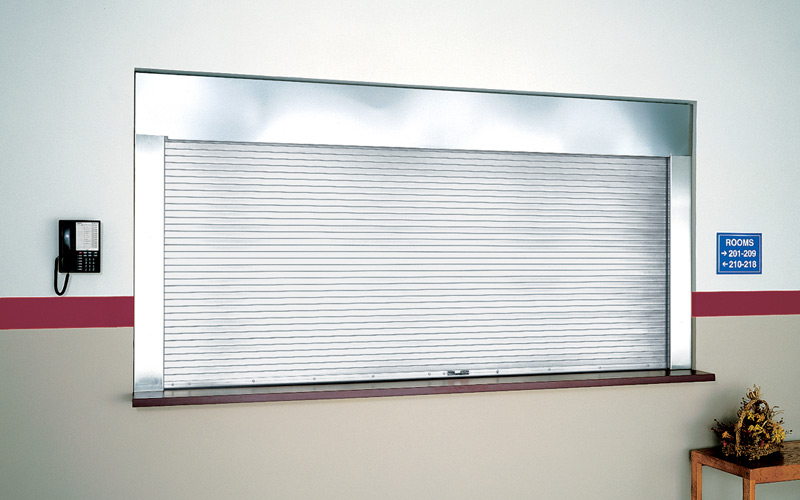FIRE DOOR TESTING

Annual Fire Door Testing Enforces the NFPA 80 Standards
Fire testing of fire protection doors is required annually by NFPA, the National Fire Protections Association. We test rolling doors, swinging doors, metal doors, counter shutters, and WON-DOORS. We provide written reports of the test and inspection to ensure your commercial doors are in compliance with NFPA 80 standards.
Fire Door Drop Test
Drop testing a door refers to a test made on either horizontal or vertical sliding or rolling doors. This test makes sure the doors will drop or close automatically if there is a fire. The doors are then reset according to the manufacturer’s instructions. The National Fire Protection Association (NFPA) requires yearly inspections on all rolling doors to ensure proper operation and full closure. Two drop tests are required; one for proper operation and full closure, and the second to verify that the automatic closing device has been reset correctly.
Fire Door Test For Rolling Doors
The exterior of the rolling door is visually inspected, all moving parts and hardware are checked for damage, and the door is checked for proper closure. The test on rolling doors also includes a drop test.
Fire Door Testing For Swinging Doors
The exterior of the door and the door’s hardware are visually inspected for any damaged or missing parts. When the door is determined safe to test, all parts and closures are tested.
Fire Door Test For Metal Doors
After the exterior of the door is visually inspected, the inside is checked for wood rot. The hardware is inspected for any damage, and closures are checked to make sure they are working correctly.
Fire Door Surrounding Area
The area directly surrounding the fire door should not be blocked or have any material around it that may fall and prevent the door from closing. There should also not be anything stacked against the door. Sometimes a barrier has to be built so that nothing is piled against the inside of the door.
Fire Door Test Written Records
It is required to maintain written records of the fire door test and inspection, so that they can be made available to the AHJ (Authorities Having Jurisdiction, usually the local Fire Marshal) when needed.
